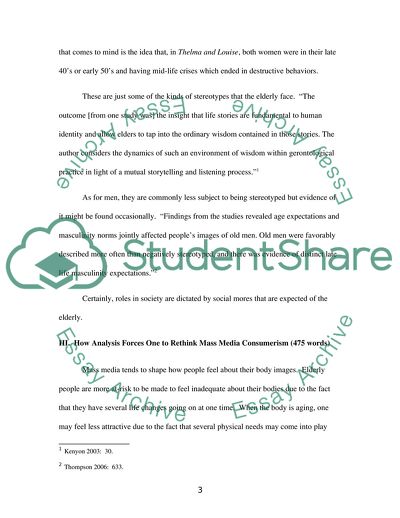Cite this document
(Gerontology - Images of Aging in Films Case Study, n.d.)
Gerontology - Images of Aging in Films Case Study. https://studentshare.org/visual-arts-film-studies/1750550-gerontology-3093-images-of-aging-in-film
Gerontology - Images of Aging in Films Case Study. https://studentshare.org/visual-arts-film-studies/1750550-gerontology-3093-images-of-aging-in-film
(Gerontology - Images of Aging in Films Case Study)
Gerontology - Images of Aging in Films Case Study. https://studentshare.org/visual-arts-film-studies/1750550-gerontology-3093-images-of-aging-in-film.
Gerontology - Images of Aging in Films Case Study. https://studentshare.org/visual-arts-film-studies/1750550-gerontology-3093-images-of-aging-in-film.
“Gerontology - Images of Aging in Films Case Study”. https://studentshare.org/visual-arts-film-studies/1750550-gerontology-3093-images-of-aging-in-film.


